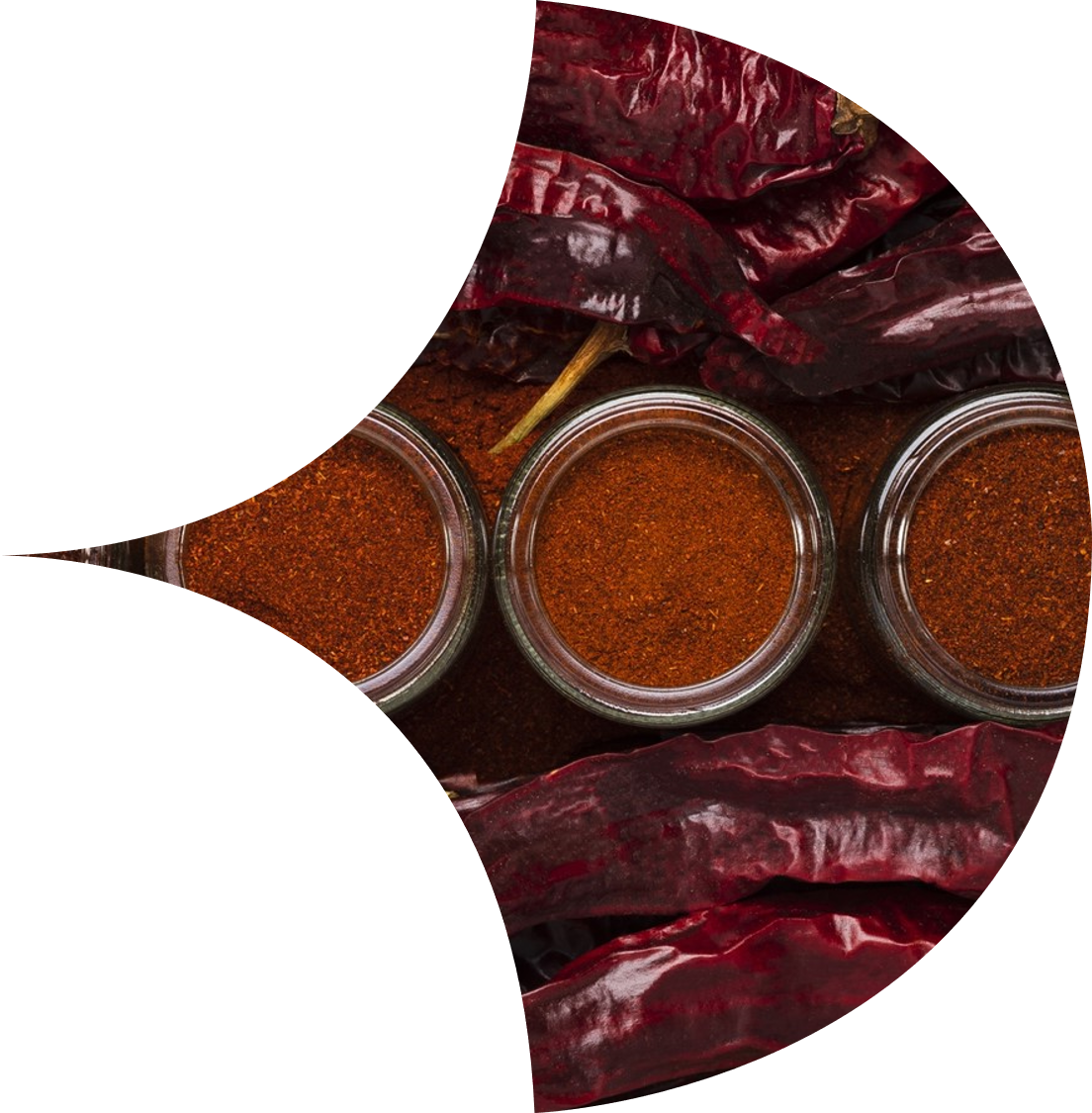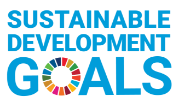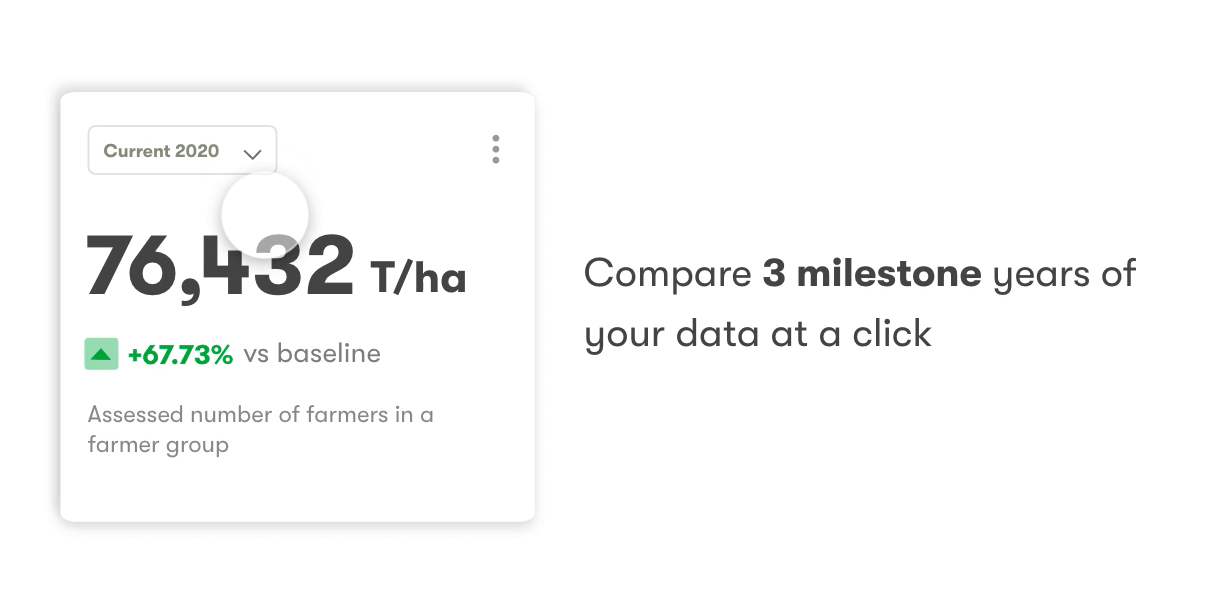

REGENERATING THE LIVING WORLD
CLIMATE ACTION
Climate change poses an urgent threat to our planet and to the livelihoods of farmers around the world. Global food production accounts for almost a quarter of manmade greenhouse gas emissions. Whenever forest is cleared to plant crops, carbon-intensive fertilisers are used, or food is transported over land and sea, more emissions are released into the atmosphere.
Sustainable Development Goal 13 is all about taking action on climate. It urges the global community to reduce, mitigate and adapt to the impacts of climate change. From introducing Climate-Smart Agricultural Practices, to supporting carbon sequestration. From regenerating landscapes to minimising emissions from processing and transporting goods.
AtSource+ allows customers to calculate their total carbon footprint by measuring 28 different metrics across the end-to-end supply chain, from farm through to processing and final delivery. We measure the carbon emissions associated with factors like land use change, fertiliser, electricity, machinery and transportation, as well as how much is sequestered in soil and trees.
Not only does this give customers an accurate picture of their carbon footprint, it allows them to identify their biggest carbon hotspots, create clear action plans to tackle these, and measure the impact over time. With so many customers targeting net zero, AtSource+ is helping them to track and report their progress and transform supply chains.
METRICS
The metrics we track include:
Soil and tree carbon sequestration, tracking the carbon emissions (tonnes CO2-e) that are sequestered in the farmer groups’ soil and biomass
Impact of land use change, tracking carbon emissions (tonnes CO2-e) related to deforestation over a 20-year period
Carbon emissions (tonnes CO2-e) related to energy consumed when producing and applying pesticides and fertilisers to land
Carbon emissions (tonnes CO2-e) related to infrastructure and machinery used to deliver water to crops, and water consumed to irrigate
More info on metrics? Read here
IMPACT STORIES
CUTTING RICE'S CARBON FOOTPRINT
Rice is a staple food for much of the world’s population and production will need to nearly double by 2050 to meet demand. But it is also one of the most polluting crops, responsible for 10% of all global man-made methane emissions - a greenhouse gas 84x more potent than carbon dioxide - from the vegetation that naturally rots in flooded paddy fields.
Read moreTERMS AND PRIVACY
See how tiles work

Find out more
How can we help you?
Interested to know more about AtSource?
Please type additional details here
Thank you
Thank you for your suggested Action. We will be in touch with you very shortly.
Thank you
Thank you for your feedback. We will be in touch with you very shortly.
Thank you.
Thank you for contacting us. We will be in touch with you shortly.
Whoops
Sorry an error occurred submitting your feedback. Please try again later.